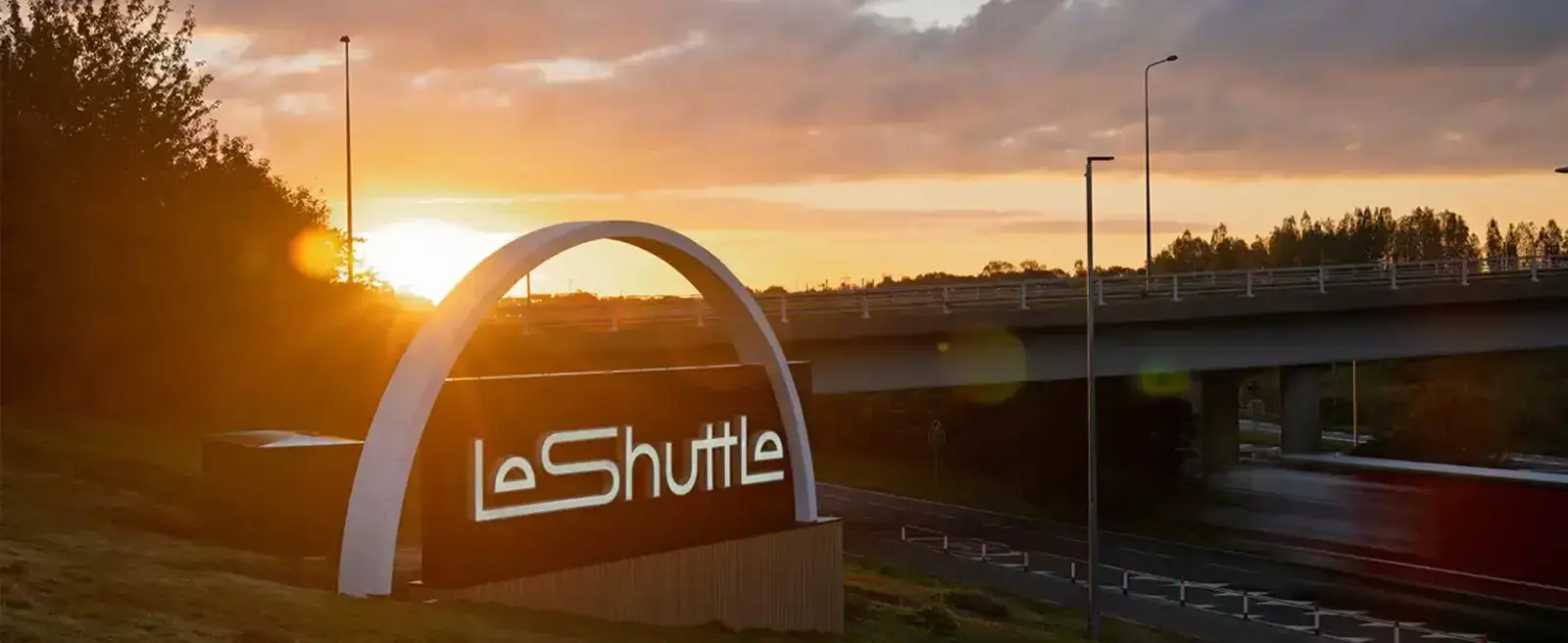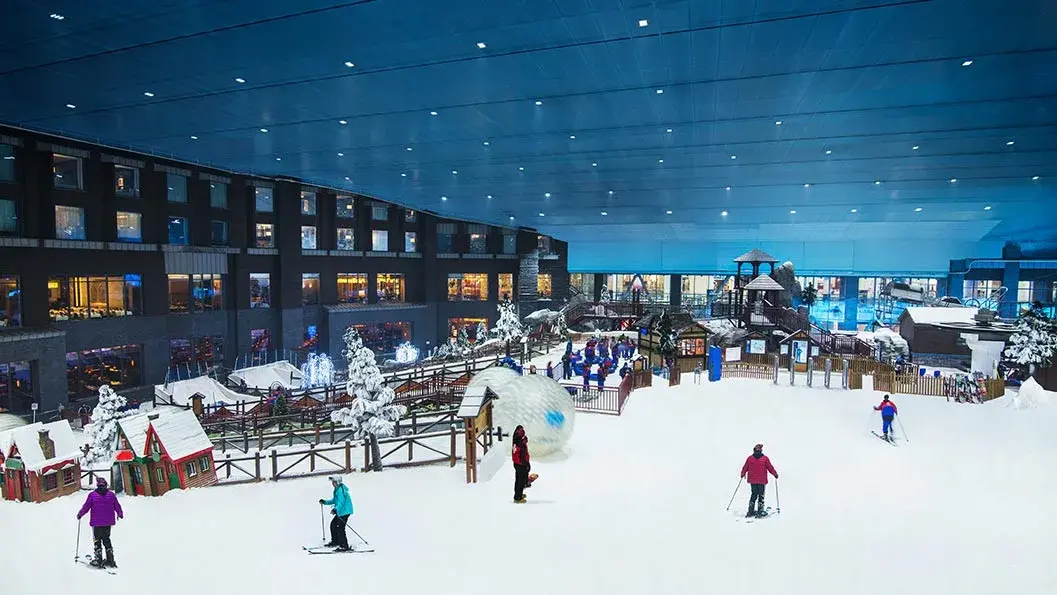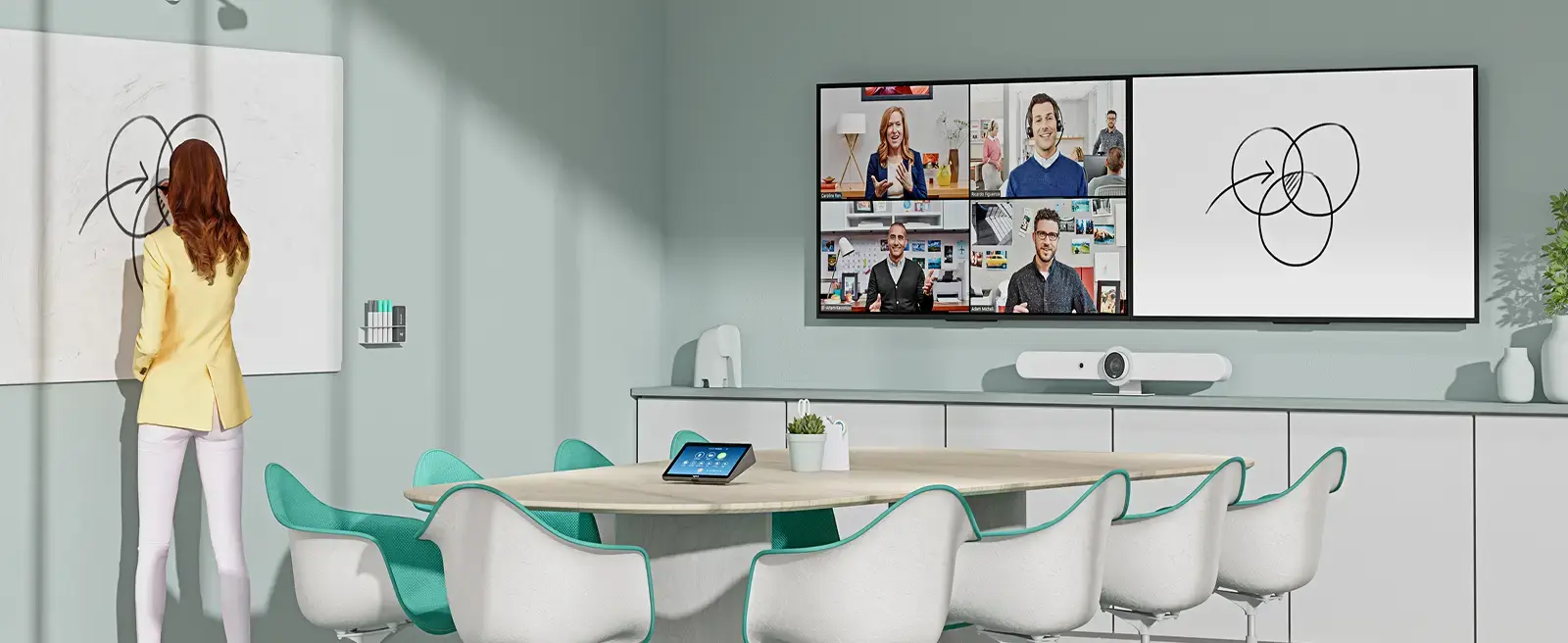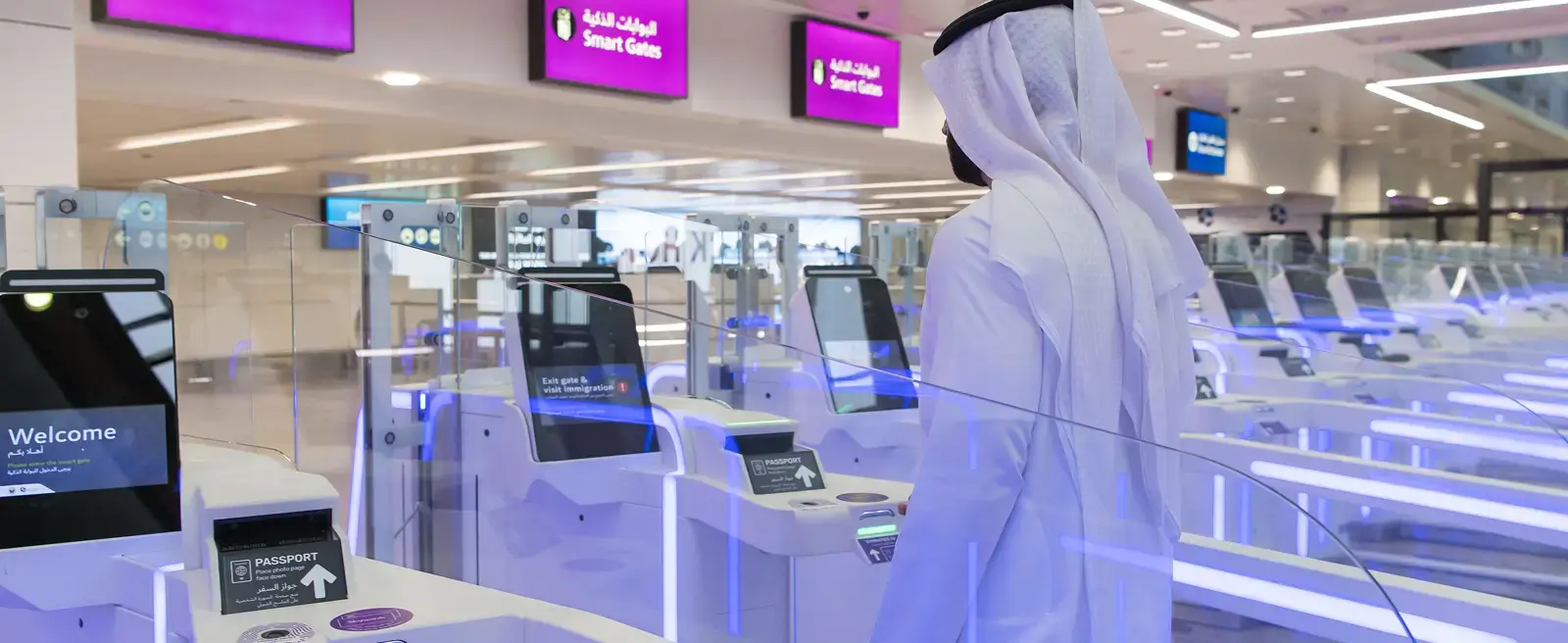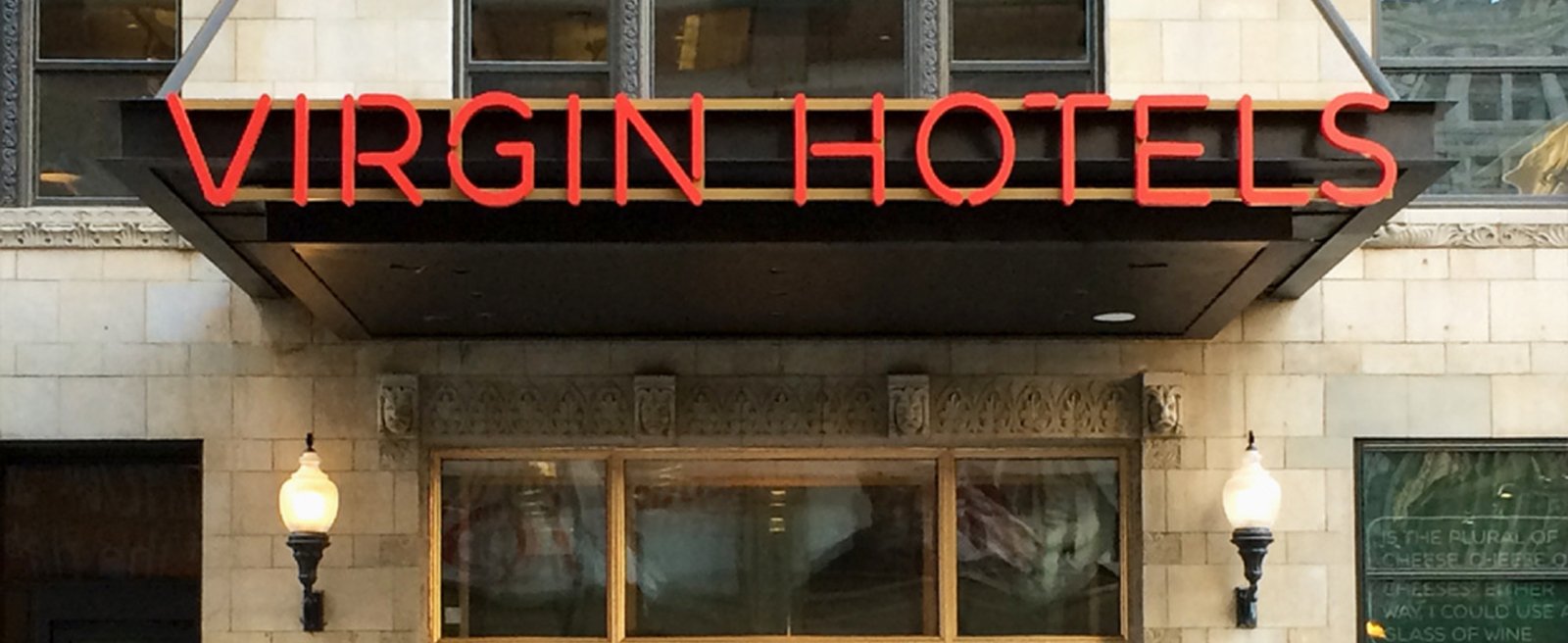The challenge
Le Shuttle had to embark on a transformation journey to prepare to meet customers’ increasing and evolving expectations, the upcoming changes in international travel regulations and an increase in travel provider options.
Evolving to meet passenger needs, now and in the future
LeShuttle (formerly known as Eurotunnel LeShuttle) is a unique and vital rail service for leisure and freight operating between Folkestone (UK) and Calais (France). For 30 years, the service has transported 1.6 million trucks, keeping UK-Europe supply chains running smoothly. It has carried over 100 million vehicles and nearly 500 million people across the channel on holiday or for business.
Significant increases in customers’ expectations and the number of provider choices, plus upcoming changes in international travel regulations meant it wasn’t a case of tweaking the customer experience, it needed to be fully reimagined. Not only to address the challenges straight ahead, but further out too, to future-proof the business for the next 30 years and beyond.
The first step was to partner with Engine to create a CX vision for enhancing the on-site experience in the UK and France, addressing customer, market, and regulatory demands. Together with LeShuttle, we redesigned the customer and freight driver experience based on current and future needs to refine their on-site operating model.
A vision that reimagines the on-site experience for passengers
The CX vision needed to empower LeShuttle to better cater to customers’ travel needs and expectations. It was critical to identify how customers emotionally connect to LeShuttle as a service now, both for its regular long-standing customers and for those discovering it for the first time. We needed to pinpoint wat made LeShuttle unique and special in customers’ eyes and define an evolved experience that could be delivered across both the UK and French sites.
We partnered with LeShuttle to:
- Define what great travel looks like to reimagine the on-site customer experience model
- Ensure the service meets the needs of current and future passengers, adding value at every point of the customer journey
- Enable a simple and seamless flow through the UK and France sites, considering both the customers and operational needs that would inform the operating model
- Evolve existing products and services and create new ones, in response to the customer experience vision, and define what the business would need to deliver it
Building a deeper understanding of different traveller types
Engine surveyed and interviewed customers on-site to record their experiences and understand their needs and attitudes. From this we created a set of six personas, providing LeShuttle with new insights to address as well as complementing their existing customer data.
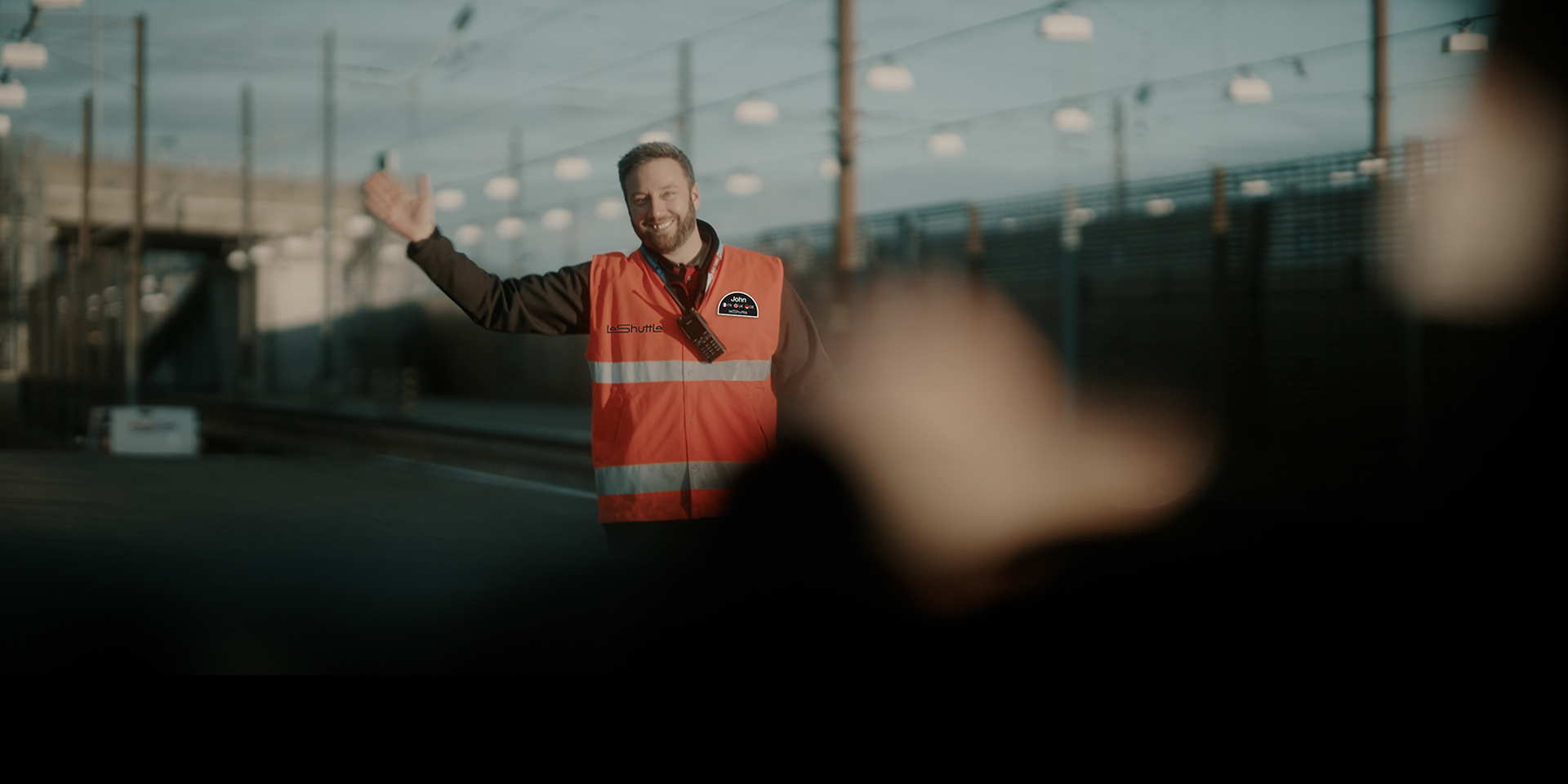
Breakthrough
There were surprising findings on the diversity, needs and expectations of LeShuttle customers, challenging the business’s existing perceptions. It helped stakeholders see their projects through customers’ eyes, to better serve them in a relevant and valuable way.
Aligning leaders around a single CX vision to gain buy-in
The resulting CX vision for the on-site experience supported six major shifts - ranging between different ticket options, to site configuration changes and improvements to digital tools.
These shifts guided the development of the end-to-end customer journey, with a range tangible new or improved products and services from check-in to channel tunnel travel and return.
Breakthrough
Having a clear, inspiring and tangible articulation of the CX vision helped to gain the buy-in of business leaders, enable decision making around key customer experience priorities and unlock funding to do the work.
Defining the on-site experience masterplan
One of the biggest recommendations from the CX vision process was to reconfigure the sites to support a more effective and efficient flow, that would work for the business and for customers.
Engine collaborated with the Operations, Infrastructure and Commercial teams to define the experience for the different zones across both sites based on the customer needs and what this would mean for the operations. The zones included check-in, the terminal building with shops and restaurants, pet areas, travel document checks and parking.
Through sketches, we brought to life the places customers would engage and the key points in their journey, identifying retail opportunities as well as operational efficiencies.

Breakthrough
With an on-site experience masterplan that considered both customer and operational needs, LeShuttle could make informed decisions regarding the operating model on-site and engage an architectural firm with a clear brief. This gave them a full understanding of the effort, timelines and investment required to reconfigure the sites.
Making the customer experience vision tangible
By helping the team at LeShuttle visualise how the products would deliver the experience at different touchpoints through short and long-term illustrated scenarios, they could see exactly what was needed and how to get there.
Concepts we visualised included information services (on-site and digital) to help customers better navigate the site, toolkits for customer service staff so they could better support travellers, and new ticketing options that would meet changing customer needs.
Through these concepts, the business could understand what the future experience looked like and what teams needed to do to deliver the experience in a 24/7 operation.
Breakthrough
We discovered that by simplifying the system for departure information, we could create operational efficiencies in the customer flow through the site, minimise their stress and anxiety and increase dwell time in retail areas, increasing the likelihood of purchases.
Prioritising and phasing the delivery plan
With key focus areas identified, we refined the concepts and collaborated with stakeholders to determine which could be delivered first and which needed to be planned for later.
We assessed each service or product for its value and the business's readiness to deliver it. This process allowed us to create a phased strategic development roadmap, outlining clear milestones and stages for implementation.
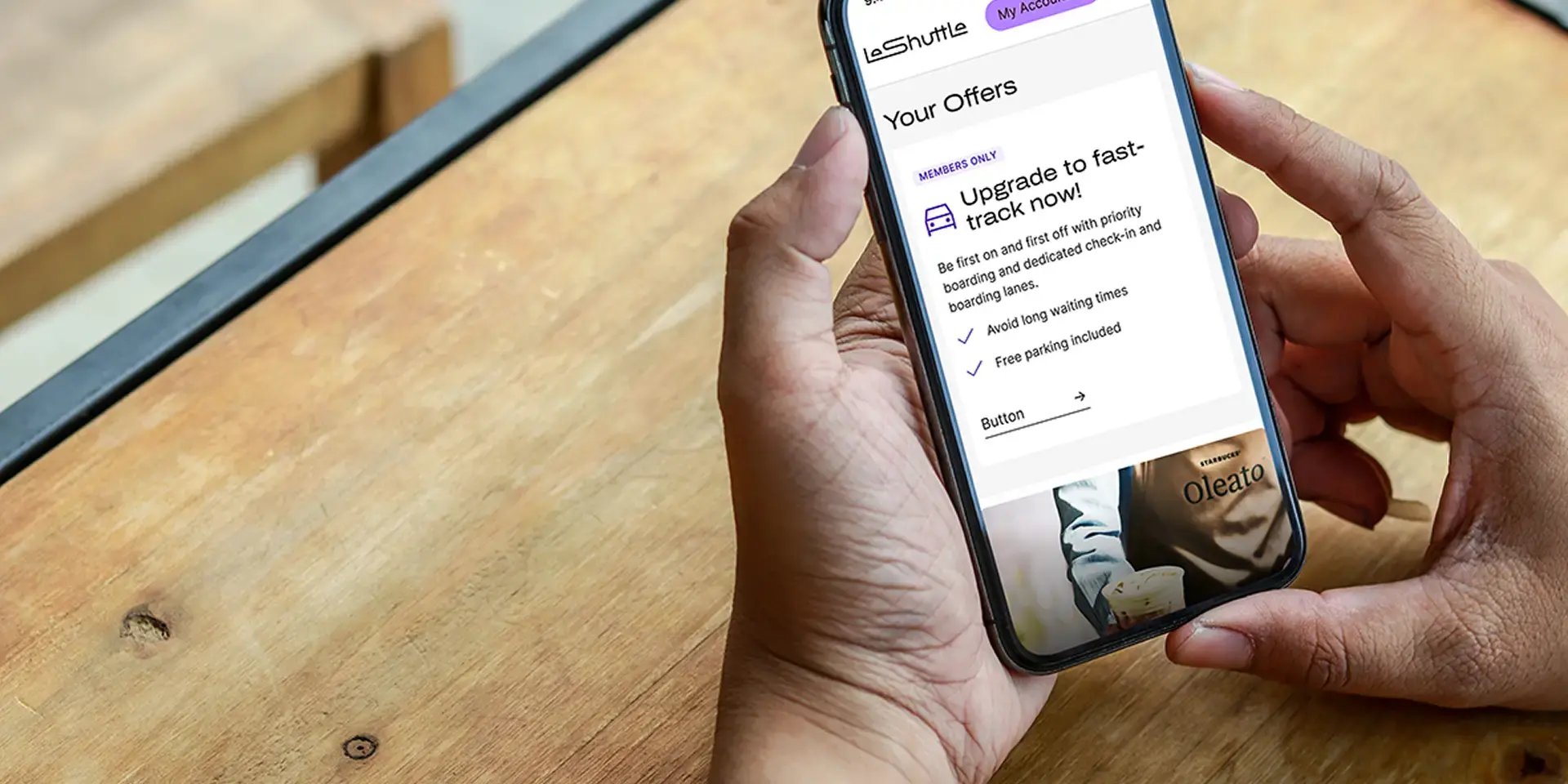
Breakthrough
The prioritisation and road mapping process helped the business identify where to develop future capabilities or find partners to deliver the desired experience, setting a benchmark for what great travel looks like.
A new product-service
solution successfully
launched
Three tailored plans to fit
customer needs
Six expert features designed
to reduce downtime and
maximise performance
